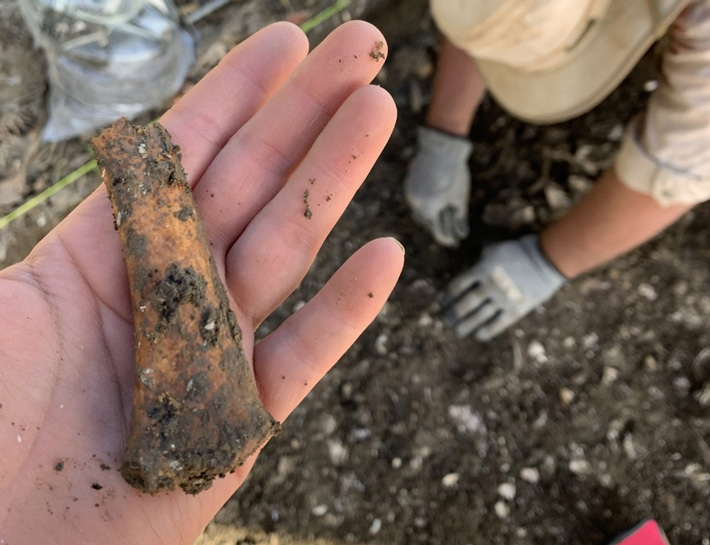Possible Slave Quarter Uncovered in Maryland
WTOP News reports that the possible site of a 300-year-old slave quarter has been found near an eighteenth-century brick manor once inhabited by Jesuit missionaries.
The announcement was made Tuesday by researchers from the Maryland Department of Transportation State Highway Administration and St. Mary’s College in Maryland.
According to MDOT SHA, most of the items were discovered close to the brick manor of 18th century once owned by Jesuit missionaries in Newtowne Neck State Park.
The quarters may date back to around 1700.
“The Jesuits were prolific in their record-keeping, but very little survived on the enslaved African Americans who worked the fields and served the Catholic Church,” said Julie Schablitsky, MDOT SHA’s chief archaeologist in a news release.
“If there was ever a place in Maryland that holds the story of diverse cultures converging to find religious freedom in an environment of conflict, sacrifice and survival, it is here.”
MDOT SHA said documents point to the sale of 272 slaves from Maryland in 1838 near the manor.

Descendants of those slaves still live in Maryland.
The Rev. Dante Eubanks, a resident of Leonardtown, has traced his family to the St. Mary’s plantation.
“To be able to stand in the exact place where my ancestors lived and endured is a powerful experience,” Eubanks said. “We need to remember these stories, they are important to our history and healing.”
Maryland archaeologists are using metal detectors to pinpoint the locations of early cabins along Md. Route 243, places where the enslaved left evidence of their lives in broken clay tobacco pipes, ceramic cups and rusty nails.
“MDOT SHA’s participation in this archaeological dig is a unique way to experience history firsthand,” SHA Administrator Tim Smith said in a release.
“I’m proud of the work this team of archaeologists is doing to preserve the history of early Marylanders.”
MDOT SHA said the artefacts need to be analyzed to learn more.





